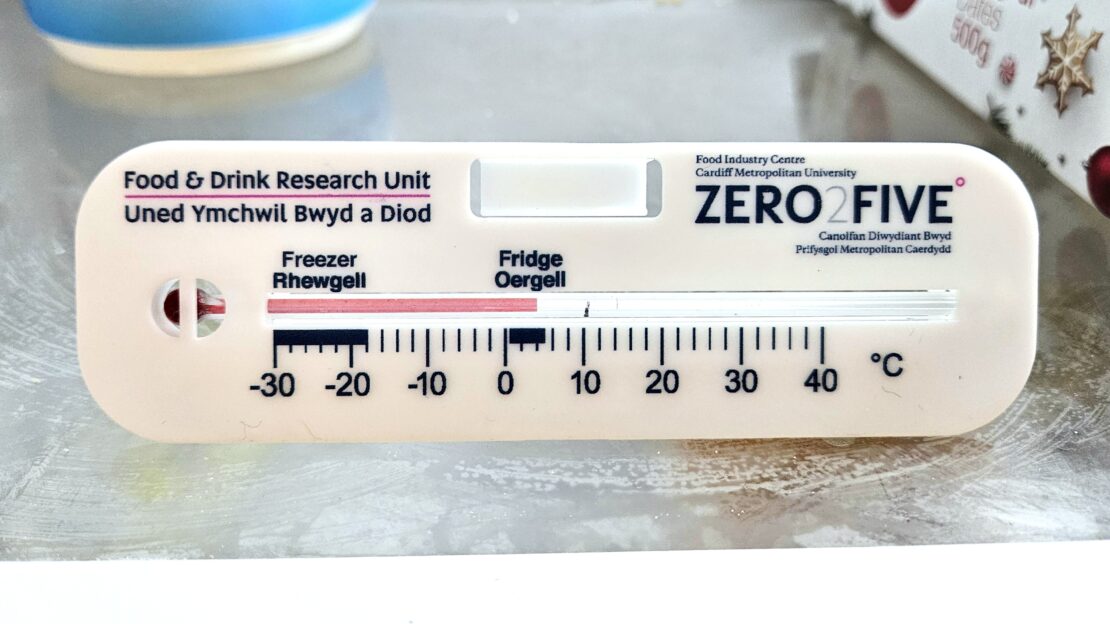A citizen science study has found that 71% of household fridges tested were operating above the recommended safe temperature of 5°C. Even more concerning is the discovery that 37% of household fridges in the study were operating at 10°C or higher.
The research was carried out by food safety experts at ZERO2FIVE Food and Drink Research Unit at Cardiff Metropolitan University, and the announcement of the results coincides with the World Health Organisation’s (WHO) World Food Safety Day, which takes place on June 7 every year.
One of the WHO’s five keys to food safety is to “keep food at safe temperatures” and refrigeration plays a crucial role in this. Food Standards Agency guidelines recommend domestic refrigerators operate at 5°C or below and fridges operating above this temperature can increase the growth rate of foodborne bacteria such as Listeria monocytogenes, which can cause severe food poisoning illnesses such as listeriosis.
Previous research by ZERO2FIVE has found that despite 79% of people surveyed believing refrigeration to be important, 84% of consumers asked were unaware of what the safe operating temperature of a fridge should be.
Given this lack of awareness, researchers from ZERO2FIVE developed a citizen science project which distributed over 1000 fridge thermometers to members of the public at events in Wales. Participants were instructed to upload a photograph of the thermometer in their household fridge and record its operating temperature using an online tool.
There were 201 participants who responded and 90% of them reported not owning a refrigerator thermometer before taking part in the study. The results showed that household fridge temperatures ranged from 0°C to 20°C, with 71% exceeding the recommended safe temperature of 5°C. It was greatly concerning that 37% of participants had fridges operating at 10°C or higher.
Out of the 127 participants with fridge temperatures above 5°C, 80% were concerned about the potential for food poisoning bacteria growth and intended to adjust their fridge temperature. Another 18% considered adjusting their fridge temperature, whilst only 2% of participants were unconcerned and had no plans to adjust their fridge temperature.
Dr Ellen Evans, Reader in Food Safety Behaviour at ZERO2FIVE Food and Drink Research Unit, said:
“This study has uncovered concerning findings in relation to household fridge temperatures. To ensure people are using their fridge at the right temperature and storing food safely, we’d recommend everyone uses a fridge thermometer, which are not expensive to buy, and then adjust their fridge controls to ensure it is operating at 5°C or below.
“Our findings also demonstrate that citizen science research can be helpful for capturing food safety data from the public, communicating key food safety messages, and promoting better food safety practices.”
To find out more about how to refrigerate food safely, visit: https://www.food.gov.uk/safety-hygiene/how-to-chill-freeze-and-defrost-food-safely



